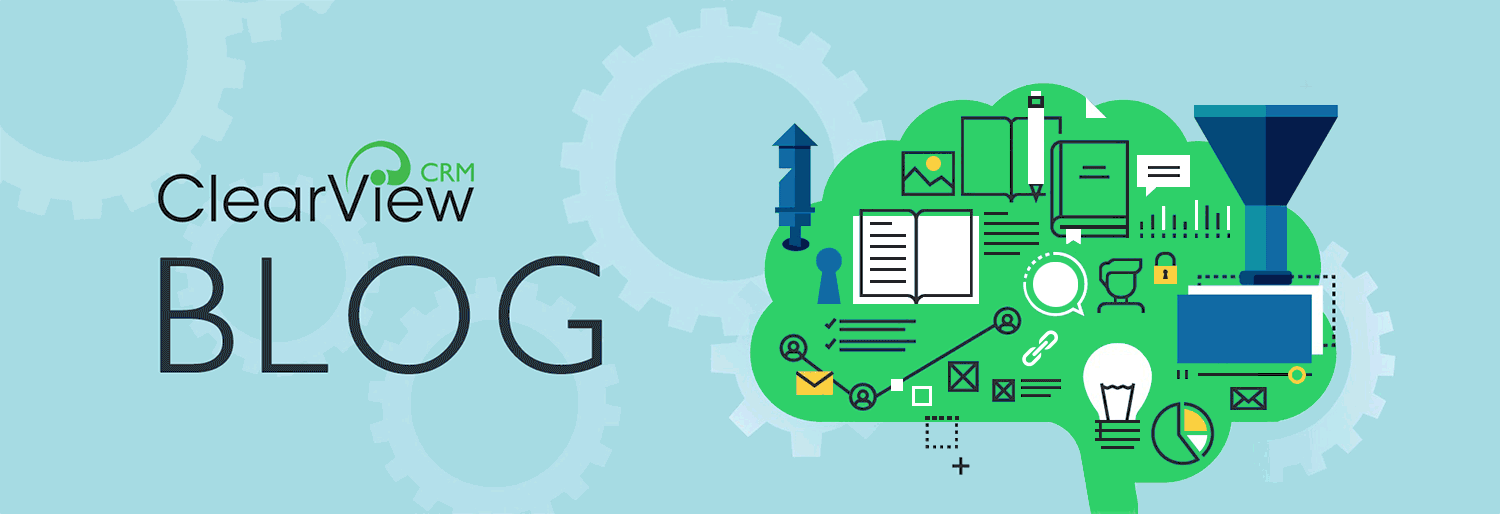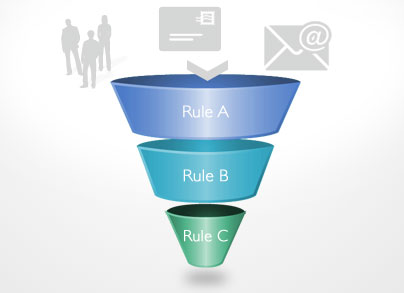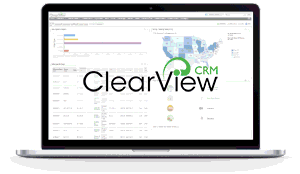In Part 3, the final part, of this post, we'll discuss simple ways to optimize your direct fundraising processes to help grow your active donor list.
Selecting and segmenting lists to which you send appeals, as well as direct mail fundraising, are both art and science. Taking a fresh look at how you do them can help grow your active donor list.
- Try segmenting lapsed donors based on preferences like their preferred giving channel and on issues in which they expressed interest. Both provide more targeted appeals.
- Use the “monetary” part of RFM segmentations to make decisions on approaches to lapsed donors. For instance, begin your ask level based on the donor’s last donation so you’re not asking a former $50 giver for $25.
- Try using philanthropic rating on your lists, importing the screening data to help you select lists for mailings. By doing so, one client organization increased its response rate to acquisition mailings by 67% while decreasing its expenses because it sent fewer appeals to more appropriate targets.
Direct mail tactics are also fair game for experimentation. When you implement your next acquisition campaign, try suppressing only active donors rather than using other more selective criteria. Another possibility is mailing deeply into your lapsed donor file during an acquisition campaign. Organizations that have mailed to past donors who were up to 20(!) years lapsed have seen documented recapture rates of nearly 1.5%.
You can also consider using carefully evaluated outside lists—from other NPOs, compiled lists and consumer-response lists. Although list acquisition is problematic for any organization, and response rates on purchased lists are generally low, exchanging your donor lists with other NPOs can be a fruitful way to obtain names for acquisition campaigns. List exchange names typically cost less than rentals and often perform better. In addition, you can also try comparing your lapsed donor lists with outside lists to determine duplicate donors considered “multi-buyers” who could be your best prospects.
Finally, make sure you’re mailing in sufficient numbers to achieve your acquisition goals. You can do this by determining mail quantities using actual attrition statistics and typical (not wishful) response rates. For instance, say your active donor list is 200,000, and your historical attrition rate of has been 16%. If you want to add 10% more new donors to grow your active base, you need to acquire approximately 5000 new donors. If each acquisition mailing attracts one new donor for every 100 names, you must mail 500,000 pieces each year.



